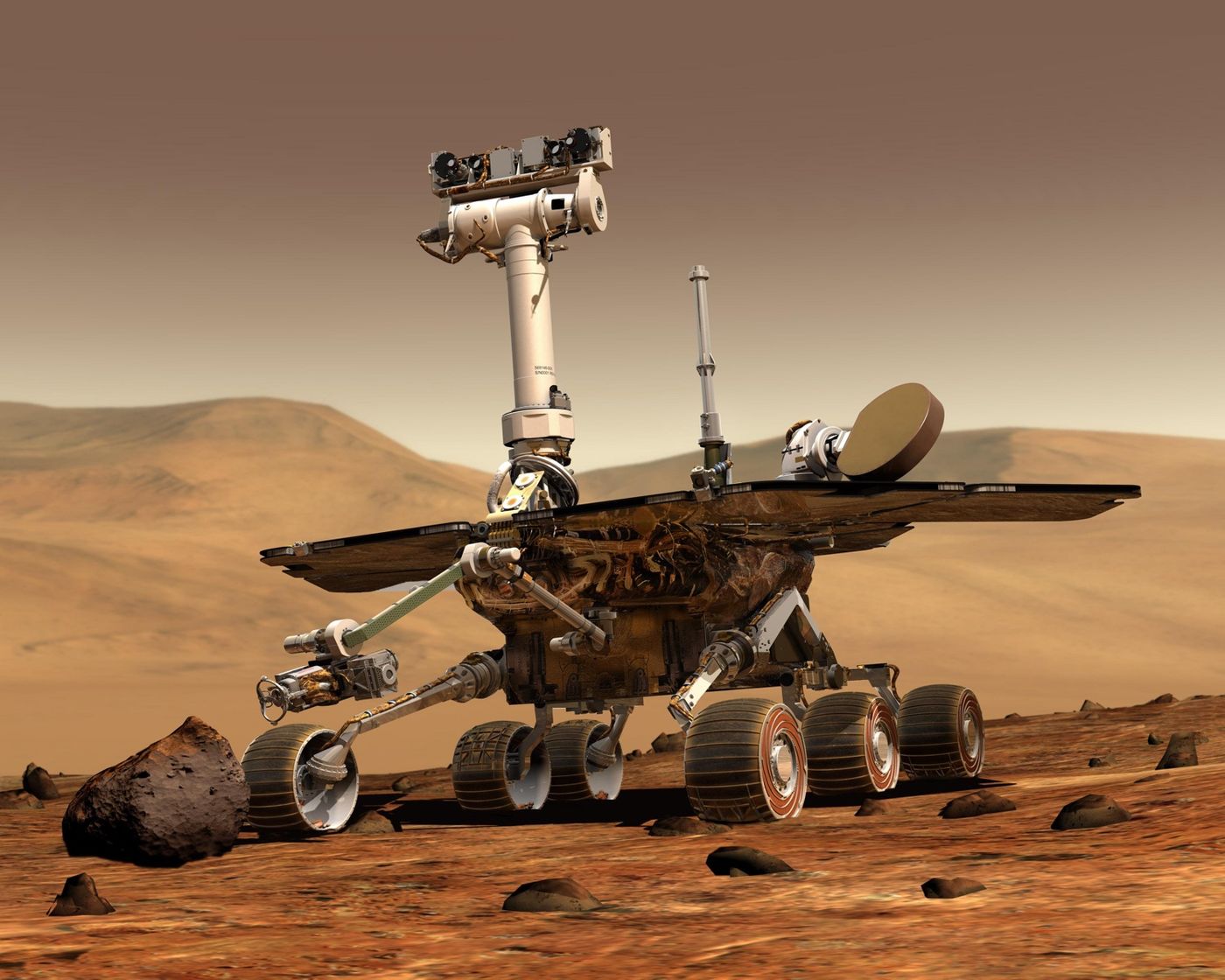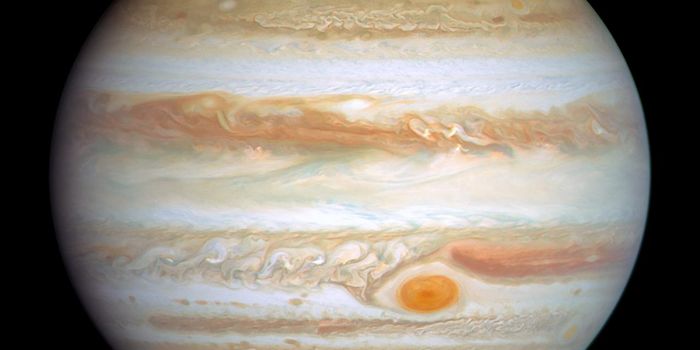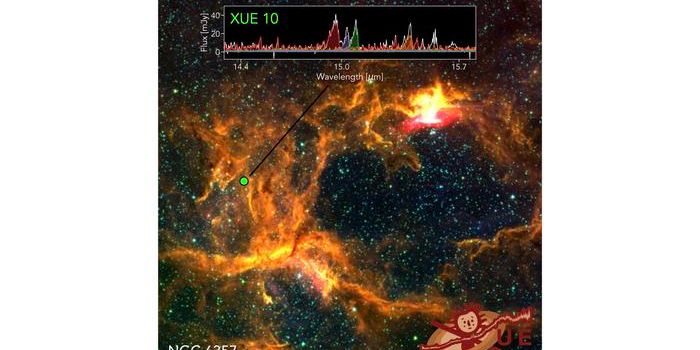Will We Ever Hear From NASA's Opportunity Rover Again?
NASA’s Opportunity rover landed on the Martian surface on January 25th, 2004 to explore in the name of science, but mission scientists weren’t expecting the rover to survive more than 90 sols (Martian days) at the time. Fast-forward to now, and Opportunity has done nothing but continue to surprise us all.
The Opportunity rover celebrated its 5,000-sol milestone in February 2018, but just a few months later, Opportunity would be in for a considerable challenge. Mars was brewing a wicked planet-wide dust storm, and the skies quickly became too dense for Opportunity’s solar panels to absorb any sunlight.
Image Credit: NASA
Shortly after the dust storm materialized in June, Opportunity delivered a status report to NASA scientists, and it wasn’t long after we received those radio signals from the distressed rover that it fell entirely silent. The Opportunity rover had entered a deep sleep known as hibernation mode, and despite several attempts to reestablish a connection, NASA hasn’t heard back since.
Related: Martian dust storm clears, sparking hope for the Opportunity rover
If anything’s certain, it’s that the American space agency hasn’t given up on the Opportunity rover just yet. While it’s entirely possible that the Opportunity rover has finally kicked the bucket, it’s also conceivable that residual sand from the dust storm has caked itself on top of Opportunity’s solar arrays, preventing the rover from waking up from its slumber.
Assuming the latter is true, then passing winds or even another dust storm could potentially clear the debris from the rover’s solar panels. It’s still dust storm season on Mars, but unfortunately, there haven’t been any dust storms powerful enough to do so since last Summer’s monster storm came and went.
NASA’s Mars Reconnaissance Orbiter (MRO) continuously scans Mars’ surface as it orbits the red planet, and photographs returned by the MRO reveal where the Opportunity rover has become stuck. Unfortunately, those images aren’t sharp enough for scientists to discern whether the rover’s solar panels are covered in sand or not.
Related: The Curiosity rover's wheels are starting to break down
NASA continues to rely on the Deep Space Network (DSN), a radio dish array that can scan for signals from Mars’ Opportunity rover, but with the red planet’s Winter season closing in, NASA’s limited time window to hear from Opportunity and turn it back on is quickly closing.
Despite what looks like precarious situation for NASA’s Opportunity rover, the space agency’s nuclear-powered Curiosity rover continues to operate at full capacity. Without solar arrays, Curiosity can function regardless of sunlight availability, and NASA’s upcoming Mars 2020 rover will follow in Curiosity’s solar-less footsteps.
Whether the Opportunity rover makes it out or not, it seems NASA will have other rovers to explore the Martian surface with for many years to come.
Source: Universe Today









